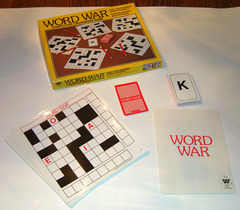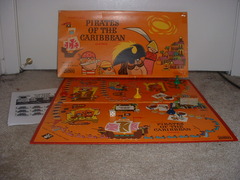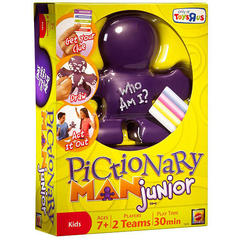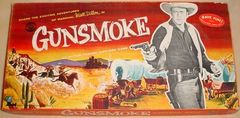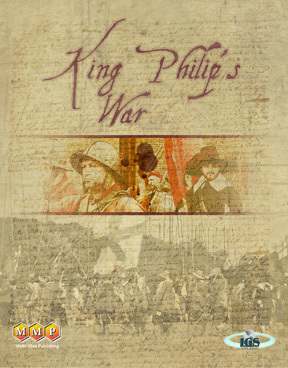
King Philip's War
-
Description
International Game Series game from Multi-Man Publishing.
King Philip’s War, known as the Red King’s Rebellion, is a convenient name for an all but forgotten New England Indian Uprising that nearly brought the Puritans to their knees. In the end, over 6000 Indians were slain or captured and sold into slavery. Over 2600 Colonials were captured or killed. In the end King Philip (The Wampanoag sachem, Metacomet) himself was ambushed, beheaded, and quartered. King Philip's hands were sent to the authorities in Plymouth as proof of his demise. Countless Indian villages had been burned; twelve Colonial settlements were completely destroyed and six more heavily damaged. Boston itself very nearly came under attack. In all, 1200 homes were burned, 8000 head of cattle lost, and vast stores of food destroyed. Some sources claim one soldier in ten on both sides was either injured or killed.
My (the designer's) treatment of this broad conflict is simplified. Only a handful of key settlements are named for historical interest while rivers and settlements are placed not so much for geographic and historic accuracy but for ease of play. The forces involved are also necessarily reduced to create a simpler, quicker game. But, taking these factors into account, King Philip’s War is as faithful a historical reproduction of the conflict as any quick and simple board game can be. Moreover, KPW’s massive destruction, ongoing tension, along with its magnificent art, its singular system of alliances and its unique combat effects die make the game delicious to look at and a real treat to play. Only twelve pages of rules and map that stretches from the Hudson to Cape Cod and from the Merrimack River to Long Island Sound.
Haughty Plymouth settlers labeled the Wampanoag sachem (or chief), Metacom, King Philip. Lied to, encroached upon, evangelized, and dragged into Pilgrim courts as his father had been, Metacom felt he’d put up with enough.
Philip’s Wampanoag warriors were catalysts for the conflict while his personal diplomacy sparked a general uprising. He was not the overall operational commander that many histories make him out to be, for most tribes acted independently. In fact, the Naraganset sachem, Canonchet, probably played a more important military role than did Metacom.
Both sides practiced grim warfare with little or no quarter given. Killing and torture of noncombatants was commonplace on both sides. As Indian casualties mounted, alliances weakened. Thanks to men like Benjamin Church, the Colonials adapted to new world battle tactics and, one by one, their enemy sachems were captured and killed. By late summer of 1676, the rebellion had collapsed, except for the Abnaki who continued to fight on in Maine through 1678.
King Philip’s War did not evict the Colonials; rather it destroyed the military power of the most prominent New England Indian Nations. On the other hand, Metacom did manage to halt colonial expansion for several years and because of the war’s enormous expense he invited more heavy-handed royal involvement in the colonies. Rancor also increased between the colonists and the French who supplied the rebellious natives with weapons. These then, were the seeds of both the French & Indian and Revolutionary conflicts, sown on the bloody New England soil of King Philip’s War.
Microbadge:
-
Details
Artist: Mark Mahaffey, Nicolas EskubiCategory: Renaissance, WargameDesigner: John PoniskeFamily: Age of Kings, International Games SeriesMechanics: Point to Point MovementPublisher: Multi-Man PublishingYear: 2010


